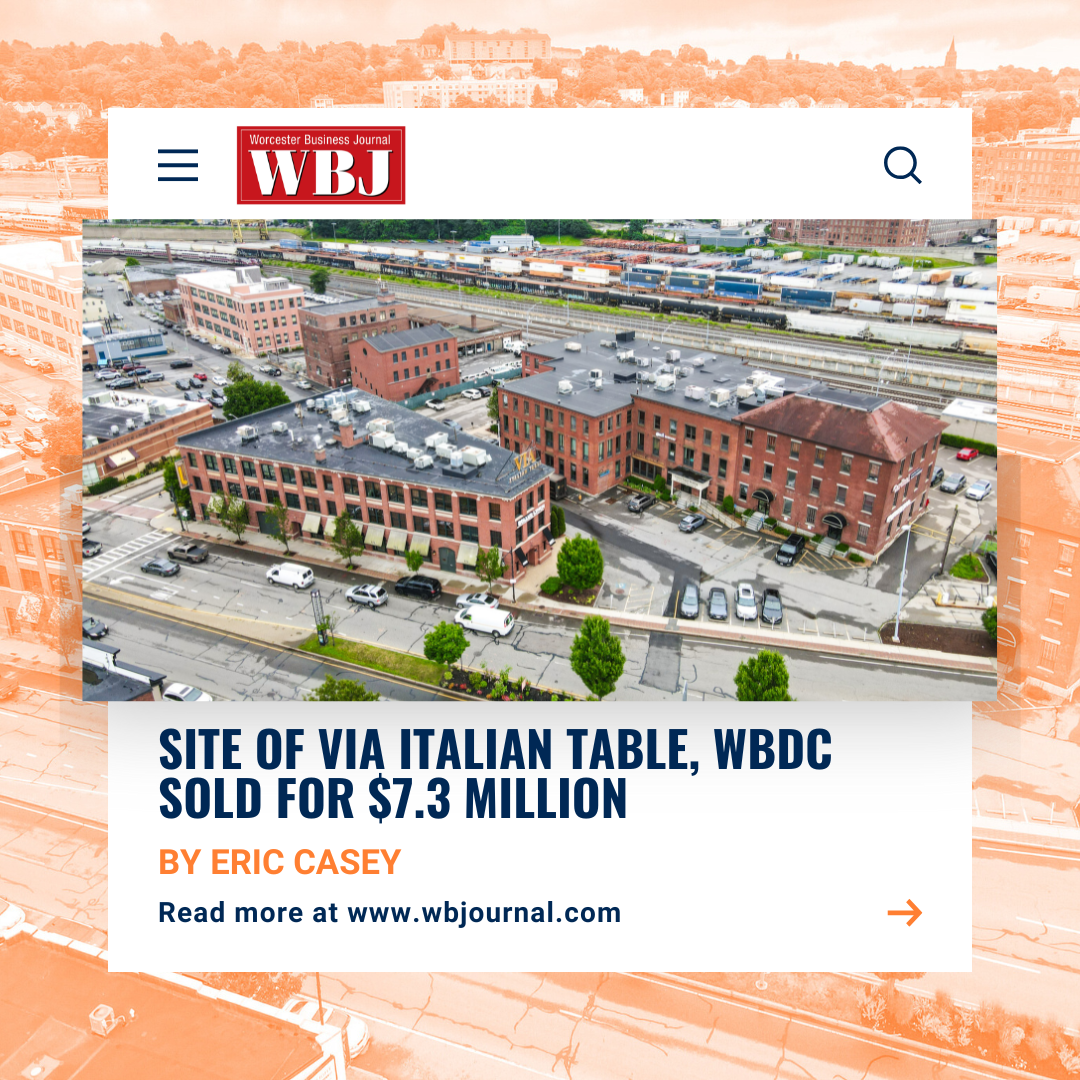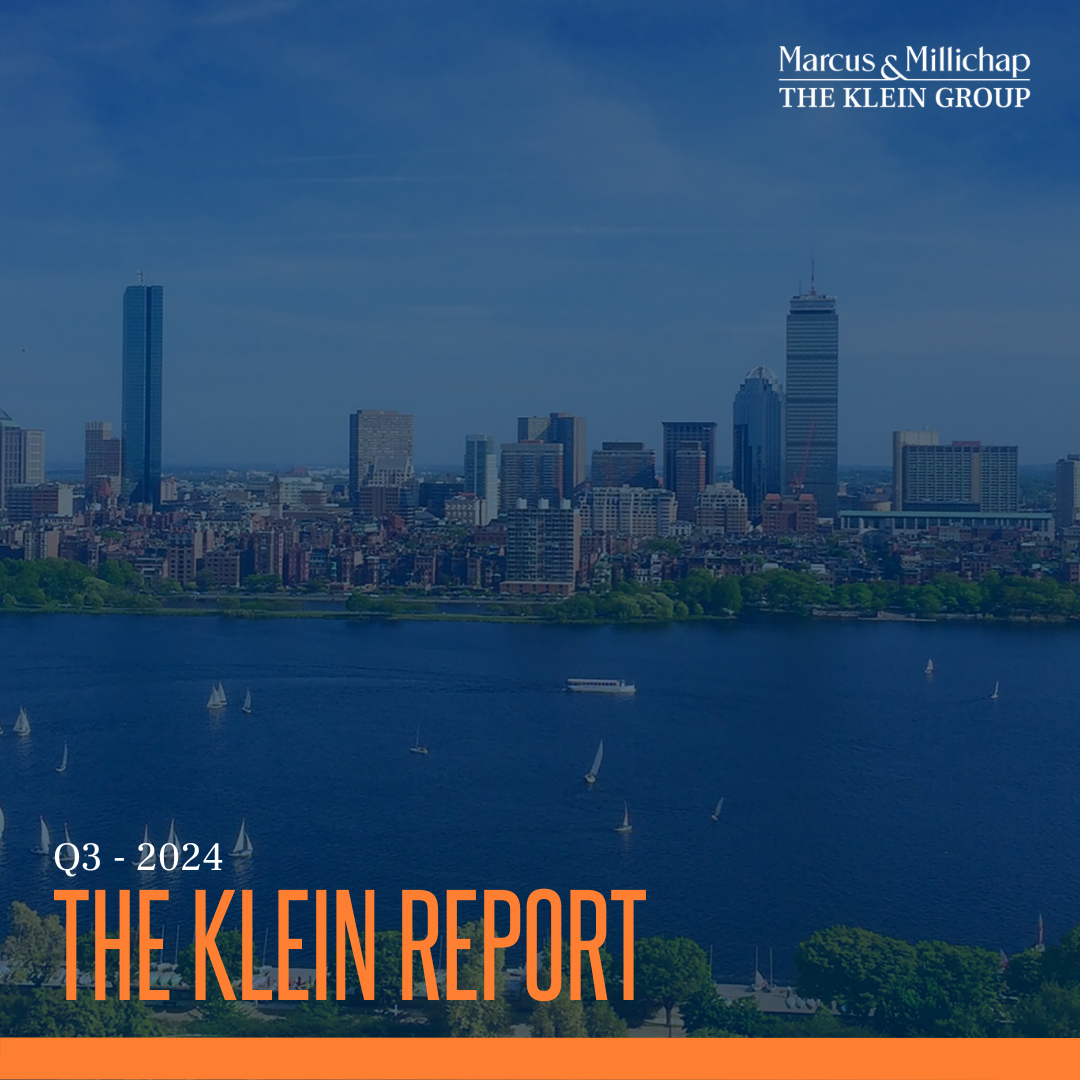How are prices still so high despite these crazy interest rates? This statement is usually used in reference to housing; however, in my world of private-market industrial, it is just as true. Over the past 18 months, borrowing costs went from 3.5% to 7%. Despite this, we continue to witness record-high prices and cap rates have only moved 50–75 points higher. Why is this the case? In simple terms, it boils down to a shortage of inventory.
Vacancy rates for spaces under 50,000 square feet remain in the 2% range. This essentially means that there isn’t enough space to accommodate all of the businesses looking to set up shop within I-495, driving rents upward. North of Boston, we’re consistently seeing rents surpassing the $20 triple net mark.
Last year, we typically received five or more offers for every property we listed for sale. However, many of those buyers are no longer active in the market. Fortunately, real estate doesn’t operate like the stock market, where consensus matters. Real estate values are determined by the marginal buyer. Often, almost every buyer suggests that a building is worth 80% to 90% of the final sale price. However, when we find the perfect buyer, perhaps a neighbor or someone in a 1031 exchange who genuinely wants the property, they frequently pay a premium of 2% to 10% above what the “average” buyer would offer. In contrast, the values of stocks and bonds typically represent a consensus price point agreed upon by the market at large. The value of a building is determined by what the best buyer is willing to pay, and these “best buyers” are offering prices that match or exceed those of last year.
So, why are buyers less active now? For one, most can earn at least 5% on their uninvested money by leaving it in the bank, which often outperforms the first-year returns of many commercial property investments today. Buyers seeking short-term cash flow are largely stepping back, as generating an 8% cash-on-cash return is nearly impossible at present. Additionally, loan-to-value ratios have become more conservative, with most buyers now putting down 30% to 40% compared to 25% just a year ago. A buyer must now come up with an extra $500,000 to purchase a $3 million building.
Sellers are also less motivated in late 2023 compared to other points in the economic cycle. Many price-motivated sellers accelerated the sale of their properties to take advantage of last year’s high prices. Other owners locked in long-term debt in the 3% interest rate range, ensuring substantial cash flow for the next 5-10 years. Some potential sellers are anticipating better values one to two years from now as interest rates potentially decrease. Owners hoping to complete 1031 exchanges with new debt are finding it challenging due to high interest rates, making it impossible to replace their current income.
Currently, it’s an excellent time to buy a building with a long-term investment horizon of 10–20 years. Interest rates are likely to recede in the next few years, providing an opportunity to refinance and increase cash flow. High inflation is expected to coincide with rising rents. Cap rates in the 8% range offer significant value compared to last year’s 6.5% to 7.5% range. Additionally, less seasoned investors may have a chance to secure high-quality properties in a less competitive market.
Transaction velocity is expected to pick up in 2024 as loans begin to mature, non-refinancers look to sell, and buyers seek investment opportunities in value-added real estate. Syndicators and other investors who profit from investing in others will need to acquire properties to stay in business. The lending environment is projected to become more competitive as rates stabilize and inflation subsides. Those who wait for prices to rebound may be disappointed.
Industrial property prices in New England remain at peak levels, and although debt is available, it comes at a high cost. Many investors are holding “dry powder” on the sidelines, awaiting favorable deals. As of September, it appears that 2023 will be remembered as the year when everyone took a breather following the frenetic pace of 2021–2022.
https://nerej.com/industrial-investment-market-update-by-harrison-klein




